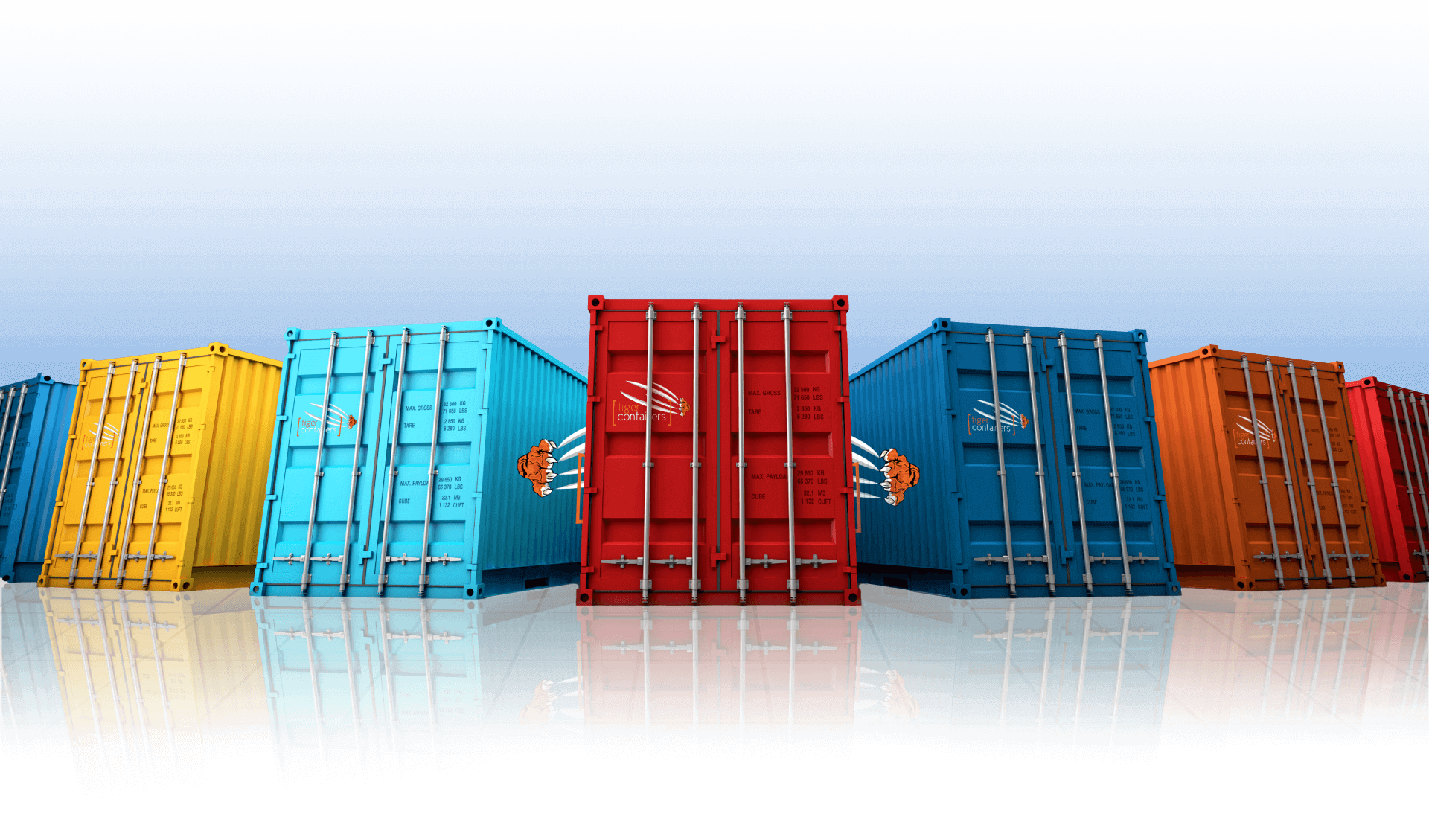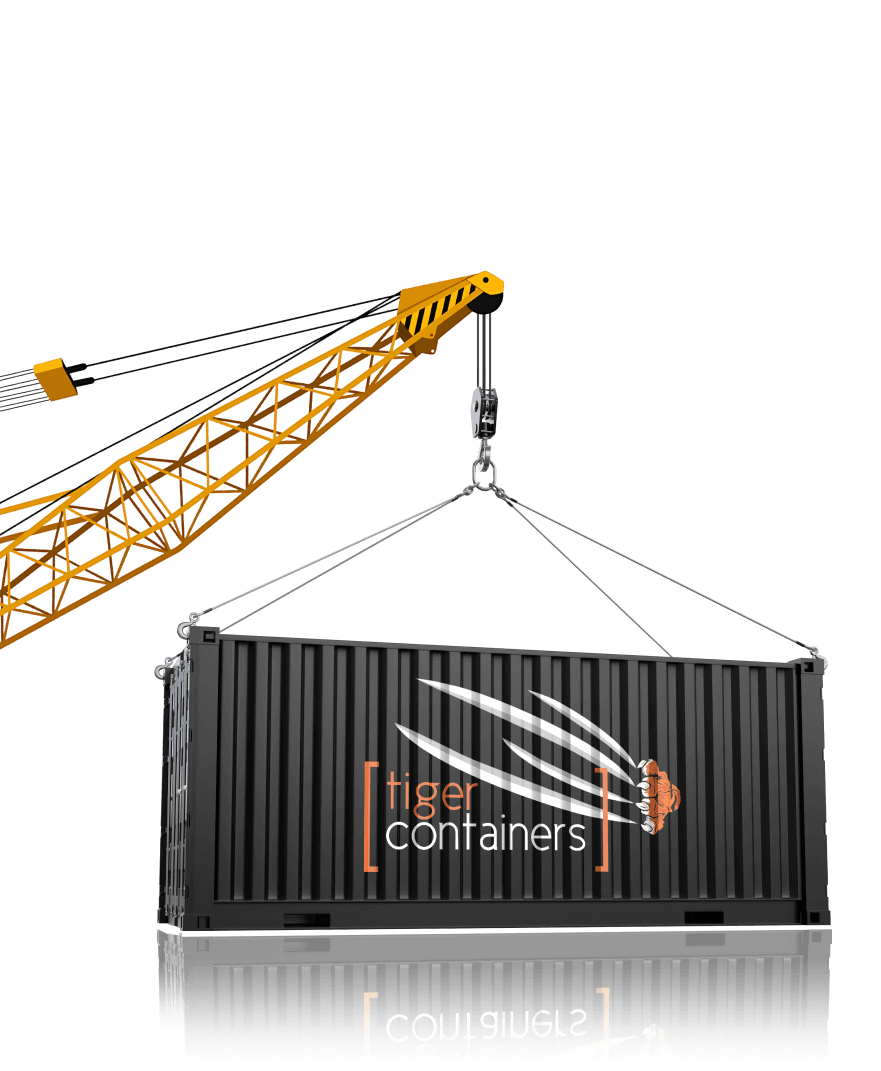SHIPPING CONTAINER GLOSSARY
Like many industries, the world of shipping and shipping containers has its own set of terms and abbreviations. Unless you’re an expert on all things pertaining to shipping containers, chances are at least some of the terms used in the industry will either be foreign to you or make little sense without further explanation. In this post, we’ll go through some of the more common shipping container terminology used in the industry so everyone can understand what they mean.
A
- APCA – These letters represent “Australian Post Charge Additional”.
- ACEP – “Approved Continuous Examination Program”, designed to ensure the safety of the voyage of the shipping container.
b
- BCO – “Beneficial Cargo Owner” is the person who will receive the container and goods at the other end.
- BIC – This represents “Bureau International des Containers”. Based in Paris, this organisation maintains the alpha prefixes used to identify shipping containers.
- Bill of Landing – This is the contract between the goods owner and the shipping company.
- Box – A somewhat slang term for a shipping container.
- BV – “Bureau Veritas” is a classification society for cargo containers and goods.
c
- CAN – This is a number provided by the customs agency upon clearance of shipped goods.
- Carrier – In the case of shipping containers, this is the vessel (or company) that will be transporting your container.
- CBM – Simply means the size of the container in cubic metres.
- CFS – Stands for “Container Freight Station”, a place where containers are packed and unpacked.
- COC – “Carrier Owned Container”. This means the shipping company owns the container you are renting for transporting goods.
- CW Certificate – A certificate issued to stipulate that the shipping container is considered cargo worthy and transportable at sea.
- Container Inspector – A specialist whose job it is to inspect damage to shipping containers and assess them.
- CSC Plate – This plate is affixed to the doors of a shipping container and specifies a serial number and other technical data.
- Container Terminal – Special ports and docks that accept container vessels.
- CY – Simply stands for “Container Yard”, where shipping containers are stored.
d
- Demurrage – A tariff charged for containers and goods being housed/stored for a longer period.
- Detention – A late fee charged for containers that are returned late to their owners.
e
- EIR – “Equipment Interchange Receipt”. The container arrives at or leaves a depot, transferring the onus of responsibility to the next carrier.
f
- FAK – “Freight All Kinds” is a container which has a mixture of shipments for different consignees.
- FCL – Represents a “Full Container Load”.
- FEU – “Forty Foot Equivalent Unit”, basically an abbreviation for a 40-foot shipping container.
- Freight Forwarded – The transportation of a shipping container, the paperwork, customs clearances and securing cargo space is handled by the freight forwarder.
- Flat Rack Container – Basically a container bottom for over-width cargo.
g
- Gateway – This is a port of destination where goods and shipping containers move from one line of transport to another to continue their voyage.
- GOH – “Garments On Hanger” containers, signalling these containers are transporting garments or other items on hangers inside the container.
- GP – “General Purpose” shipping container for general cargo, generally 20 or 40 feet in length.
h
- HC or High Cube Container – This shipping container has approximately one extra foot on internal headroom for transporting taller cargo.
Australia’s Biggest Brands Trust
tiger shipping containers
So can you






i
- IICL – Representing the “Institute of International Container Lessors”. This organisation groups the largest leasing companies in the world, and also sets repair standards on shipping containers.
- Insulated Shipping Container – Insulated containers are used to transport cargo that needs to be kept at a constant temperature, such as perishable goods.
- Intermodal – These are the different transport modes involved in moving a container, such as rail, truck or ship.
- ISO – Is a governing body that sets the standards for shipping container construction internationally.
l
- LO/LO – Meaning the cargo is “over height” and it’s too big to fit inside the container.
M
- MGM – This refers to the maximum weight allowable for a loaded shipping container.
o
- O/H – Meaning the cargo is “over height” and it’s too big to fit inside the container.
- O/S – The open sided shipping container is the perfect solution for extra wide cargo.
- O/T – Non-abbreviated as the “Open Top” shipping container. These containers allow for both top loading by crane, as well as accommodating extra tall cargo.
p
- Payload – “Payload” refers to the maximum weight of the cargo or goods that can be carried within the shipping container.
r
- RAL Colour Coding – A colour matching system developed to select the colour of the coating of a shipping container, allowing for grading and easier identification.
- Reefer Shipping Contanier – The reefer is a refrigerated shipping container where the internal temperature can be set to suit the goods within. Refrigerated containers can also be freezer containers (sub zero temperatures).
- Reelay – The transferring of shipping containers from one vessel to another.
s
- SOC – This refers to a “Ship Owned Container”, meaning the container ship owns the actual shipping container you hire for transport.
- Slot – This is the allocated space for a shipping container on board the container ship, allowing carriers to know exactly which container is located where.
t
- TARE – The weight of an empty shipping container.
- TEU – Refers to a standard twenty foot shipping container, with TEU representing “Twenty Foot Equivalent Unit”.
- THC – Stands for “Terminal Handling Charge”, where the wharf charges a container handling fee.
- Time Slot – Designates the time booked to either collect or deliver a shipping container.
- Throughput – How long it takes a container to move through a terminal
- Transshipment – Containers are exchanged from one vessel to another to continue their journey to their port of destination.
- Turnaround Time – This is the amount of time it takes for a shipping container to depart a terminal after its initial arrival.
v
- Ventilated Container – Rather than being air and water tight, this type of container has air vents to keep the interior cooler.
w
- Waybill – This bill of lading acts as the receipt of the goods, and also as evidence of the contract of transport and service.
- WWT – The letters WWT represent a “Wind and Watertight” shipping container. Most seagoing containers will need to be wind and watertight to keep out the elements and protect the cargo inside.























